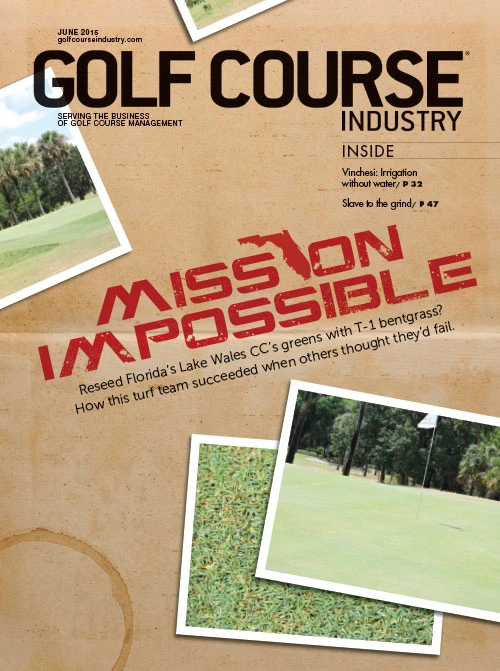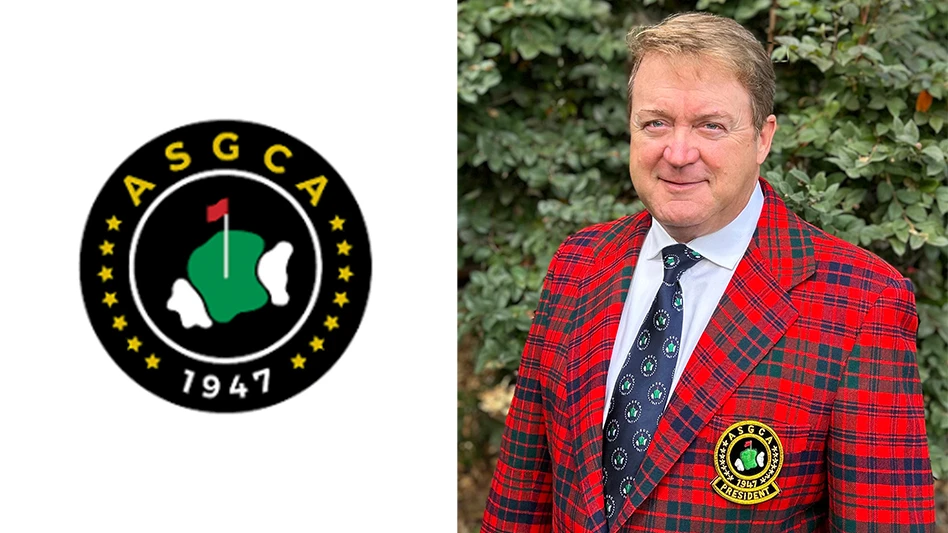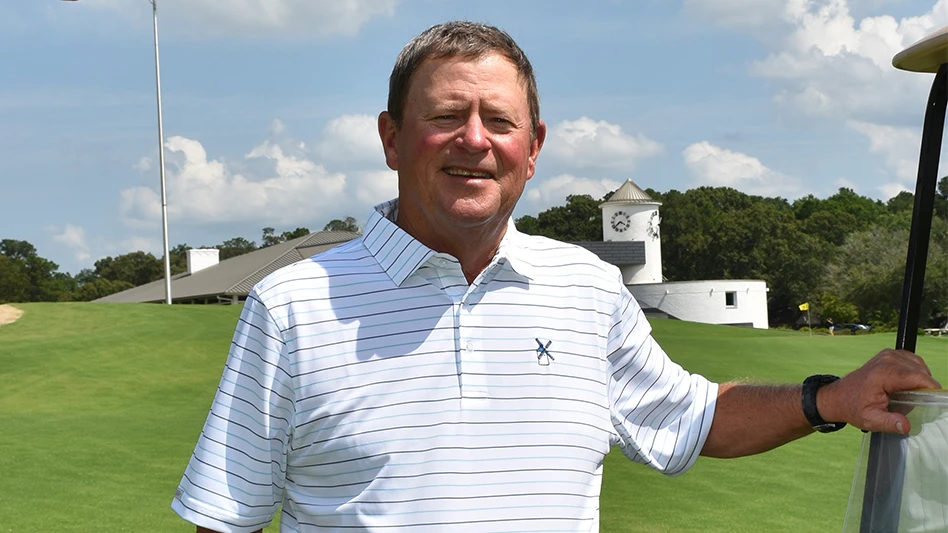
 Henry DeLozier |
A bemused Mike Tyson listened as reporters talked to him about an upcoming opponent, lauding his style and strengths, as if they were going to be enough to challenge the undisputed heavyweight champion of the world. He’s going to give you a lot of lateral movement. He’s going to move, he’s going to dance, they told Iron Mike. “Everybody has a plan until they get punched in the mouth,” Tyson famously responded. Iron Mike was never known as a strategic thinker, but he did understand how adversity can affect a good plan. Most club operators and managers have experienced adversity. An economic recession coupled with changing lifestyles were a one-two punch that staggered many businesses and KO’d others. When they hit, some plans came unraveled, some plans proved ineffective and some plans never were. As an uneven recovery continues to gain momentum, it’s a good time to examine your own plans to determine if you’re prepared to take advantage of improving economic conditions and meet your performance goals. Here are three plans for your operations toolbox. Strategic PlanThe most important components of a reliable strategic plan are clearly stated objectives. Objectives should be SMART. That is, they should be Specific, Measurable, Assignable, Realistic (based on market research and current resources), and Time bound. Examples of SMART objectives: Increase revenue by 10 percent over prior year for the next three years; add 10 net (new members in minus existing members out) new members this year; host new outings with at least $10,000 in net revenues this year and increase outing revenues by 10 percent each of the next four years. Effective strategic plans are consistent with the direction the club wants to go. They set the destination and identified the speed and direction that will be followed. Without a destination, one road is as good as the next. The plan should be based on thorough market research that identifies realistic opportunities and suggests marketing tactics aimed at specific audience segments. Well researched and carefully executed strategic plans give a club a foundation for sustainable success. Agronomic PlanAfter design, no one characteristic more immediately influences the value proposition of a golf course more than its agronomic health and condition. Top-performing golf clubs have carefully developed their plan of caring for the course and grounds because their condition makes a statement about the standards of care and the attention to detail that govern the entire club. The best agronomic plans clearly state the methods, procedures and timing that apply to each discipline. These standards address mission-critical programs for irrigation, fertility, pesticides and mowing practices. Equally important, the plan describes sustainability objectives and methods to steward water use, arboreal practices and chemical applications. Within the agronomic plan, many clubs also describe their plans for maintaining the water and distinctive geologic features. Revenue PlanWithout a revenue plan, you’re already whistling your way through the graveyard. Roughly one-quarter of clubs and courses are increasing year-over-year revenue. An active and aggressive revenue plan is in the DNA of top-performing clubs. This is a sure sign of informed and experienced leadership. Here are the first steps in developing your revenue plan. Prepare a “revenue menu.” Identify and enumerate the revenue sources and measure potential revenue growth. Take a realistic and assertive view of how revenue can be increased. Be aggressive and set big goals. Use a dynamic pricing model. Don’t be bound by one-size-fits-all pricing. If you host daily-fee golfers, sell the worst tee times first. Use market demand and elasticity as a guide to growth. Consider all sources of potential revenue, including innovative F&B strategies, private parties, wedding receptions, mitzvahs and movie nights on the lawn. Gone are the days when golf was the only way courses could make money.
Henry DeLozier is a principal in the Global Golf Advisors consultancy. DeLozier joined Global Golf Advisors in 2008 after nine years as the vice president of golf for Pulte Homes. He is a past president of the National Golf Course Owners Association’s board of directors and serves on the PGA of America’s Employers Advisory Council. |

Explore the June 2015 Issue
Check out more from this issue and find your next story to read.
Latest from Golf Course Industry
- The Aquatrols Company adds former superintendent to its R&D team
- Heritage Golf Group expands into Tennessee
- Making the grade — at or near grade
- PBI-Gordon receives local business honor
- Florida's Windsor takes environmental step
- GCSAA names Grassroots Ambassador Leadership Award winners
- Turf & Soil Diagnostics promotes Duane Otto to president
- Reel Turf Techs: Ben Herberger





